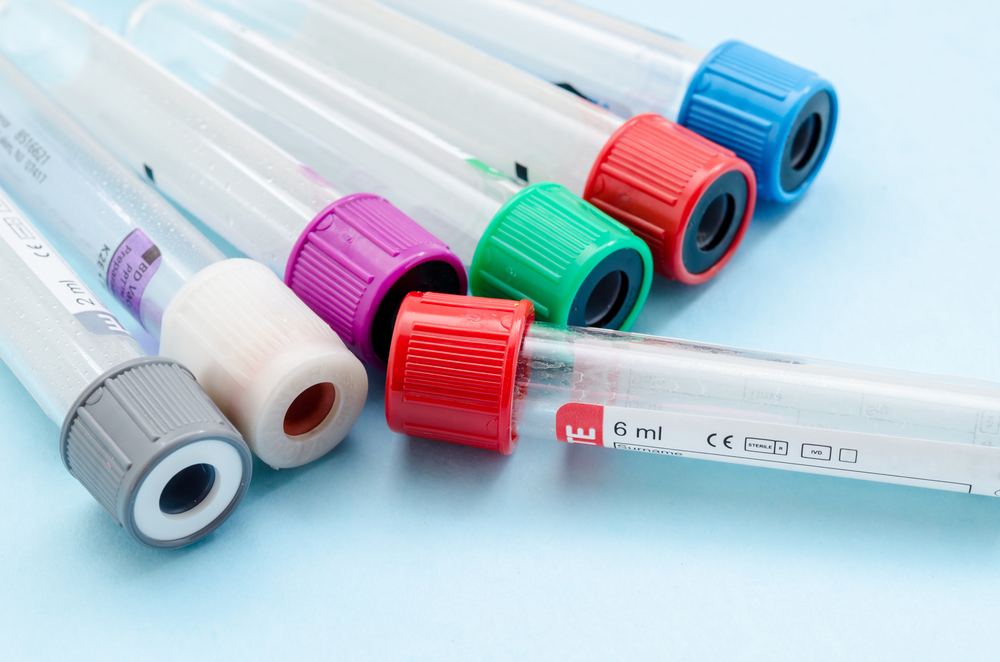Albumin is a protein found in the bloodstream of the body, and it can have a significant impact on medications. One of those classic medications that albumin can impact is phenytoin. Albumin and phenytoin stick together.
How does this matter clinically? When albumin levels are higher (or normal) there is more albumin available to “stick” to phenytoin. When albumin levels go lower, there is less albumin for the phenytoin to bind to. When albumin is low, what this leads to is a significantly higher amount of free phenytoin which can exert its activity in the body.
The most common scenario I’ve seen low albumin in is in malnourished patients. You may see a higher likelihood of phenytoin toxicity even at “normal” total blood concentrations in a patient who has a low albumin.
There are a few ways to monitor for this.
- Monitor for signs/symptoms of toxicity and or seizures (if that is the indication).
- Checking albumin to see if it is trending downward (if concerned about toxicity).
- Use a corrected phenytoin level based upon the current albumin (always remember that this should go hand in hand with clinical monitoring of a patient).
- The other option would be to do a free phenytoin level. This may be more expensive and may have to be sent out if you work in a more rural setting.
Phenytoin is one of the most complicated drugs – here’s another classic example why it is so tough to manage!



informative